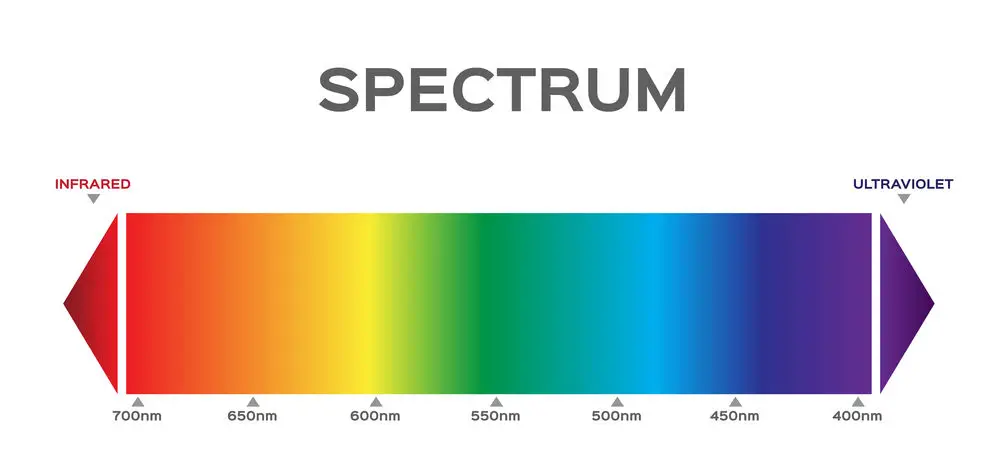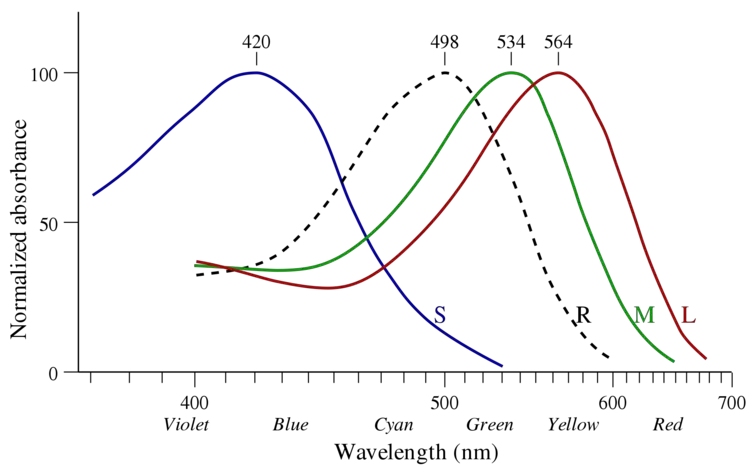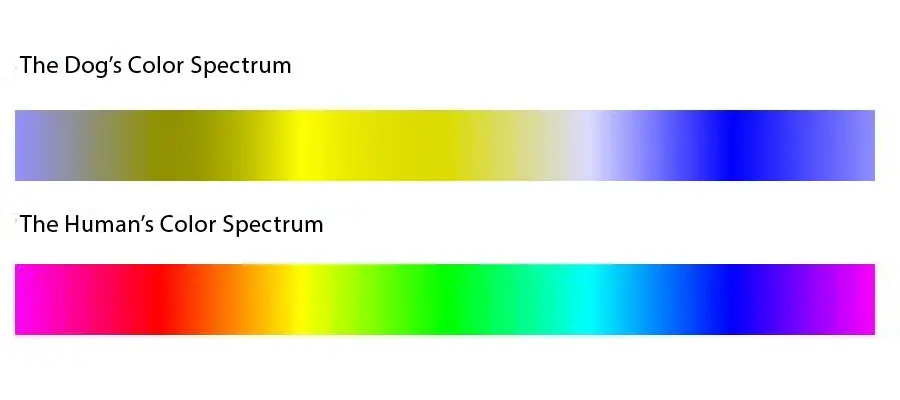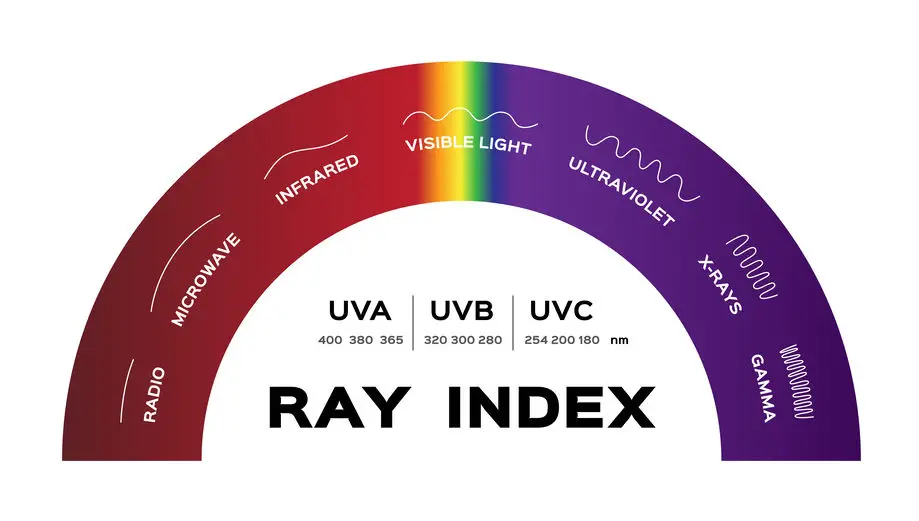How Animals Are Able To See More Colours Than Humans
Being able to see colour is something that we humans have done since the dawn of our existence. What we didn’t always know though is if animals are able to see the same colours as we do.
It has been a question that was unanswered for a long time due to less advanced technology, but nowadays we seem to have unravelled most myths regarding the vision in the animal kingdom.
Some animals have far more complex eyes than we do which contain more “cone” cells. Cones are the cells in your eyes that respond to different wavelengths of light, which is what we perceive as colour. This means that animals with more types of cone cells than us may be able to see more colours than us.
As we discovered more about the eye and how it works it turns out we also discovered that plenty of animals have a vision that is so advanced that it is hard for us to imagine how it is to see as they do. One aspect of this is some animal’s colour vision, which is far bigger than what our human eyes can see.
Human Colour Vision
In order to establish what animals can see more colours than us we should first establish how many colours humans can see and how it is even possible to see colour in the first place.
That way we can fully put the animals’ vision into our perspective of ours in such a way that we can compare how many more colours other animals can see as opposed to us.

So, firstly we should try to understand how a person sees colour. This is mostly about what wavelengths of light get directed into our eyes, which determines the colour of the object at hand. For humans, these wavelengths of light differ a bit from person to person but generally stay in the 380nm to 780nm range.
However, that is only one half of it. That is because these different wavelengths don’t actually carry any colour themselves. We have simply assigned the colours we interpret onto the wavelengths themselves, from our human vision perspective.
That is also why a wavelength that I call red might not appear red for you, since the actual interpretation of the wavelengths is done in the eye and then gets translated into an image in the brain, which can differ from person to person.

The thing that actually makes us interpret colour though is a specific type of cell in our eyes called cones.
The cones are (for the most part) located in the macula, which is the point in the eye in which incoming light gets projected towards.
In other words, when light enters our eyes it gets directed to a small point in the eye (the macula) where we can interpret colour.
There are a lot of cones spread throughout the eye as well but there is a large concentration of them in the macula. In total there are around 4,6 million cone cells throughout the eye in total.
So how exactly do said cones work? They work by reacting to different wavelengths of light. This is how we get the base colours in the light which are red, green and blue (RGB), because we have three different sets of cones that react to different wavelengths.
The way you could imagine that is that one set reacts to the wavelengths that for us correspond to red colours, one group to green and another blue.
That way it is also easy to understand how we get mixes of colours because the wavelengths overlap between the groups and therefore create mixes of colours.
This specific configuration of cones where there are 3 kinds that operate for different wavelengths is called trichromatic vision.
Colour Vision Of Animals
With that being said there is also the existence of other types of vision such as dichromatic vision, which is defined by having only 2 types of cones as opposed to our 3.
One example of an animal with dichromatic vision is found in dogs, which you can see how it compares to our vision in the diagram below.

With that simple concept in mind, we can easily imagine how animals’ vision may differ from ours. As mentioned, there are animals with a vision that is limited to 2 base colours and not the 3 we have.
However, what is a lot more interesting for us is the vision of animals that have more types of cones than we do. The reason why that is interesting in particular is that that means that they can perceive colours that we could not even interpret due to their more complex eyes.
One important thing to note though is that research on the subject shows that more types of cones don’t necessarily mean that they can automatically see more colours than us.
What it does do though is instead being able to detect changes in colour in their surroundings, since they have a lot of light-sensitive receptors that react to very minor changes.
This is useful for animals with this ability in the wild since it makes tasks such as hunting for food and general survival a lot easier. Since they can react to minor colour changes it is easy for them to spot a predator that might be lurking in the shadows.
Research on the subject is somewhat scarce at the moment. There is not a lot of information about what this ability is useful for excluding the factors already mentioned, unfortunately.
That could mean that there are uses for this that we simply just don’t know yet. Only time and research will be able to find out if that is true or not.
Even if research would come up as inconclusive about other benefits of this type of vision, it is still a very interesting concept for us humans that their vision is this much more complex than ours.
Summary
There are a lot of animals in the animal kingdom that has more complex eyes than ours. A lot of them come from the insect kingdom but there are also animals such as the mantis shrimp which have incredible eyes in terms of cones and colour vision.
However, this doesn’t directly translate to their colour vision being beyond our visual understanding. Having more cones isn’t exactly equal to adding another dimension from 3D to 4D.
From what we currently understand, all it does is increase the eye’s sensitivity to the wavelengths of light the extra cones correspond to. Unless the cones perceive wavelengths far outside our visible spectrum it is believed that their colour vision is similar to ours but with extra sensitivity to small colour changes.



